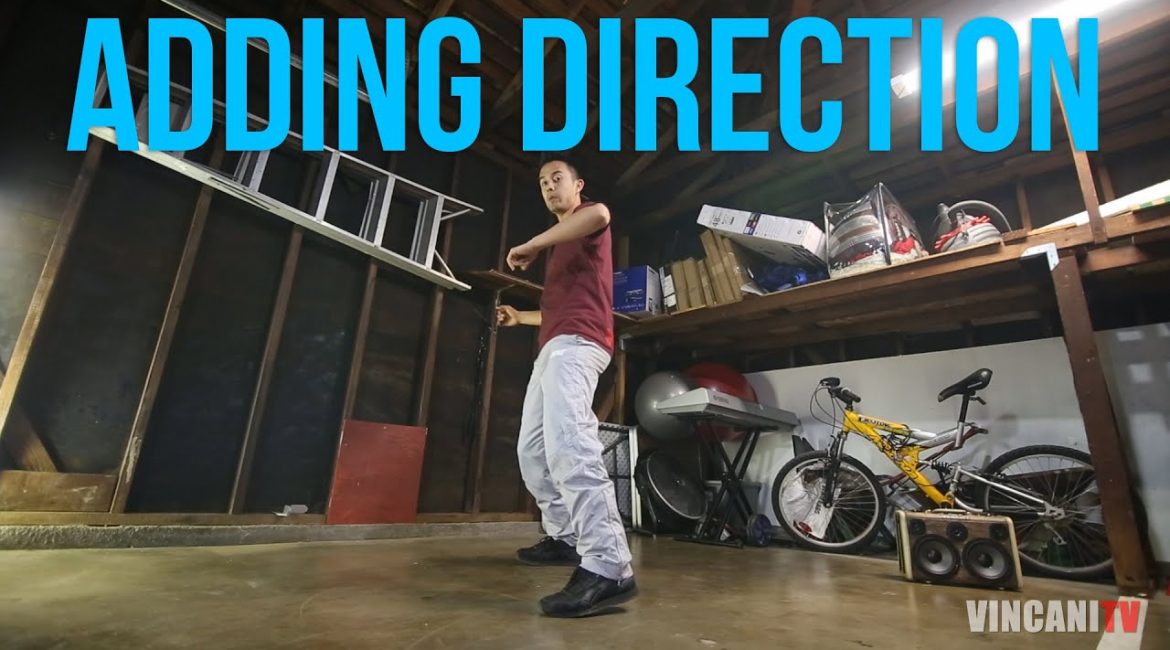In the electrifying world of breakdancing, mastering the art of toprocking is crucial. Toprocks, the rhythmic, introductory dance steps performed while standing, serve as the face of your dance routine, setting the tone for what follows. However, many dancers stick to the traditional two-dimensional plane, moving side to side without venturing forward or back. Today, we’re going to spice up your toprock by adding depth and direction, transforming your performance from flat to three-dimensional.
Understanding the Basic Side Step
Before we dive into the dynamics of directional toprocking, let’s revisit the basic side step, often used in what’s known as the salsa step. This move is fundamental:
- Side Together: Step out to the side, then bring your other foot to meet it, and repeat on the other side. This creates the rhythmical pattern of side, together, side, together.
While effective in maintaining rhythm, solely relying on this movement can appear monotonous. The key to captivating your audience lies in the variation and the spice you add to these foundational steps.
Transforming Your 2D Moves into 3D
To elevate your dance, think beyond the horizontal axis. Here’s how you can add depth and excitement to the basic side step:
Moving Forward
- Step Forward: Instead of stepping out to the side, take a step forward with one foot, then bring the other foot to meet it.
- Continue Forward: Repeat this motion several times, each step pushing slightly more into the dance space. This not only adds depth but also engages with your audience more directly.
Moving Backward
- Step Backward: Similar to moving forward, but instead, step back and bring your other foot to join it.
- Maintain Rhythm: Keep the rhythm consistent as you move back, ensuring each step is deliberate and clear.
These forward and backward movements transform the plane of your dance, giving it a dynamic and robust appeal.
Adding a Skip for Flair
While stepping forward and backward adds dimension, integrating a skip elevates the style further:
- The Skip Addition: As you step forward or backward, add a slight skip. This isn’t just a jump but a controlled, rhythmic hop that syncs with your steps.
- Implementation: Perform a skip every few steps to maintain a playful rhythm without overwhelming the routine. For example, step, step, skip, step, step, skip.
This skip not only adds a layer of complexity but also injects a burst of energy into your performance, making it more lively and entertaining.
Practicing Directional Toprocks
Here’s how to effectively integrate these new movements into your routines:
- Slow Practice: Start by practicing these movements slowly. Focus on the precision of your steps and the rhythm of your skips.
- Increase Speed Gradually: As you become more comfortable, gradually increase your speed. This will help you maintain control even when performing at a faster pace.
- Use Mirrors: Practice in front of mirrors to visually gauge and correct your form. This will also help you understand how your movements look from an external perspective.
Freestyle Incorporation
To truly master these moves, you must integrate them into your freestyle:
- Freestyle Sessions: Regularly engage in freestyle sessions where you experiment with combining various toprock steps, including your new directional moves.
- Music Variation: Practice with different types of music to see how well you can adapt these steps to various rhythms and beats.
- Feedback Loop: Record yourself or perform in front of peers to get feedback. Use this input to refine your movements.
Conclusion: Expanding Your Dance Dimensions
By adding direction to your toprocks, you not only enhance the visual appeal of your dance but also deepen your engagement with the audience. These three-dimensional moves make your performance more interesting and show off your skills as a dynamic and versatile dancer. Remember, the essence of breakdancing lies in your ability to express and innovate within the rhythm. So, take these steps, make them your own, and keep pushing the boundaries of what you can do with your toprock.


Leave a reply